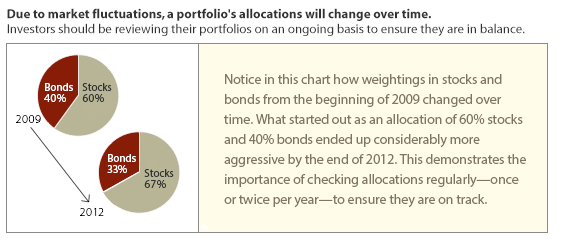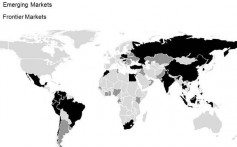Relationship Between Bonds & Interest Rates Wells Fargo Advantage Funds
Post on: 12 Март, 2017 No Comment

Relationship Between Bonds & Interest Rates
When you buy a bond, either directly or through a mutual fund, you’re lending money to the bond’s issuer, who promises to pay you back the principal (or par value ) when the loan is due (on the bond’s maturity date ). In the meantime, the issuer also promises to pay you periodic interest payments to compensate you for the use of your money. The rate at which the issuer pays you – the bond’s stated interest rate or coupon rate – is generally fixed at issuance.
An Inverse Relationship
When new bonds are issued, they typically carry coupon rates at or close to the prevailing market interest rate. Interest rates and bond prices have what’s called an inverse relationship – meaning, when one goes up, the other goes down. The question is: how does the prevailing market interest rate affect the value of a bond you already own or a bond you want to buy from or sell to someone else? The answer lies in the concept of opportunity cost.
Investors constantly compare the returns on their current investments to what they could get elsewhere in the market. As market interest rates change, a bond’s coupon rate – which, remember, is fixed – becomes more or less attractive to investors, who are therefore willing to pay more or less for the bond itself. Let’s look at an example.
Suppose the ABC company offers a new issue of bonds carrying a 7% coupon. This means it would pay you $70 a year in interest. After evaluating your investment alternatives, you decide this is a good deal, so you purchase a bond at its par value, $1,000. 1
What if Rates Go Up?
Now let’s suppose that later that year, interest rates in general go up. If new bonds costing $1,000 are paying an 8% coupon ($80 a year in interest), buyers will be reluctant to pay you face value ($1,000) for your 7% ABC bond. In order to sell, you’d have to offer your bond at a lower price – a discount – that would enable it to generate approximately 8% to the new owner. In this case, that would mean a price of about $875. 1
What if Rates Fall?
Similarly, if rates dropped to below your original coupon rate of 7%, your bond would be worth more than $1,000. It would be priced at a premium, since it would be carrying a higher interest rate than what was currently available on the market. 1
Of course, many other factors go into determining the attractiveness of a particular bond: the length of time until the bond matures, whether or not its interest is taxable, the creditworthiness of its issuer, the likelihood that the issuer will pay off debt early, and more. But the important thing to remember is that change, be it major or minor, occurs in market interest rates virtually every business day. The movement of bond prices and bond yields is simply a reaction to that change.
Now let’s suppose that later that year, interest rates in general go up. If new bonds costing $1,000 are paying an 8% coupon ($80 a year in interest), buyers will be reluctant to pay you face value ($1,000) for your 7% ABC bond. In order to sell, you’d have to offer your bond at a lower price – a discount – that would enable it to generate approximately 8% to the new owner. In this case, that would mean a price of about $875. 1
1 This hypothetical illustration assumes a 7% coupon, $1,000 face value, and a 10-year maturity. The illustration is approximate and is not intended to represent the return of any particular bond or Wells Fargo Advantage bond fund.
Bond values fluctuate in response to the financial condition of individual issuers, changes in interest rates, and general market and economic conditions.
2015 Wells Fargo Funds Management, LLC. All rights reserved. Wells Fargo Funds Management, LLC, a wholly owned subsidiary of Wells Fargo & Company, provides investment advisory and administrative services for Wells Fargo Managed Account Services and Wells Fargo Advantage Funds. Other affiliates of Wells Fargo & Company provide subadvisory and other services for the funds. The funds are distributed by Wells Fargo Funds Distributor, LLC. Member FINRA /SIPC. an affiliate of Wells Fargo & Company.














